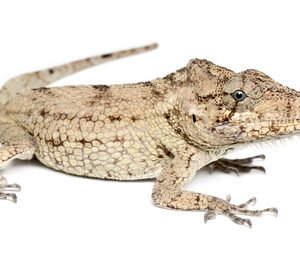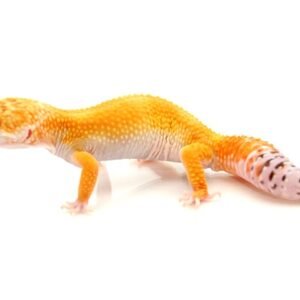Introduction to Giant Leopard Geckos as Pets
giant leopard gecko, have gained significant popularity among reptile enthusiasts due to their appealing physical characteristics and manageable temperament. These captivating creatures are known for their striking appearance, featuring distinct yellow and black patterns that provide a visually stimulating experience for pet owners. Their robust bodies can reach lengths of up to 10 inches or more, making them one of the larger species of geckos commonly kept as pets.
In addition to their impressive size, giant leopard geckos are characterized by their docile nature, which makes them a suitable choice for both novice and experienced reptile keepers. Their generally calm demeanor allows for easy handling, making them accessible for interaction. This species is known for its unique behaviors, such as their curious exploration and the ability to recognize their owners over time. These traits contribute to a rewarding pet-owner bond, as they become accustomed to their environment and the presence of humans.
Moreover, giant leopard geckos have a remarkable lifespan, often living anywhere from 10 to 20 years with proper care. This longevity not only enhances the pet experience but also provides a sense of commitment and companionship. When considering their habitat, it is essential to replicate their natural environment, which includes a warm, arid climate with the appropriate substrate and hiding spots. This consideration is what sets leopard geckos apart from other gecko species, which may require different conditions.
In summary, the combination of attractive physical traits, manageable temperament, and long lifespan makes giant leopard geckos an exceptional choice for reptile enthusiasts. Their unique behaviors and adaptable nature further add to their appeal, ensuring a fulfilling pet experience for individuals across varying levels of expertise in reptile care.
Essential Care and Maintenance for Your Giant Leopard Gecko
Caring for your giant leopard gecko involves creating an optimal habitat, providing a balanced diet, and establishing a routine that includes health monitoring. To begin with, a suitable tank size for an adult giant leopard gecko is typically a minimum of 40 gallons. This ensures adequate space for movement and stimulation. The substrate should be carefully chosen; options include reptile carpet, paper towels, or tile, as these minimize the risk of impaction, a serious condition caused by ingesting unsuitable materials.
Temperature and lighting are critical aspects of the habitat setup. Establish a temperature gradient within the tank, with a warm side ranging between 88°F to 92°F and a cooler side around 75°F to 80°F. Use an appropriate heating source, such as heat mats or basking bulbs, to maintain these temperatures. For lighting, a low-watt UVB bulb can be beneficial, aiding in calcium metabolism without overexposure, which can be harmful.
The dietary needs of a giant leopard gecko should not be overlooked. A varied diet comprising crickets, mealworms, and other insects is essential. Feed them approximately two to three times a week, adjusting the quantity based on their age and activity levels. Nutritional supplements, particularly calcium and multivitamins, are vital to prevent deficiencies. Dust the insects with these supplements before feeding to ensure adequate nutrient intake.
Handling your giant leopard gecko gently and regularly can help them become accustomed to human interaction. Monitor their health proactively; any signs of lethargy, weight loss, or shedding issues should be addressed promptly. Shedding problems can often be resolved by ensuring proper humidity levels in the enclosure. Lastly, routine veterinary visits are imperative to track their health, address parasitic infestations, and ensure a long life for your beloved pet.





